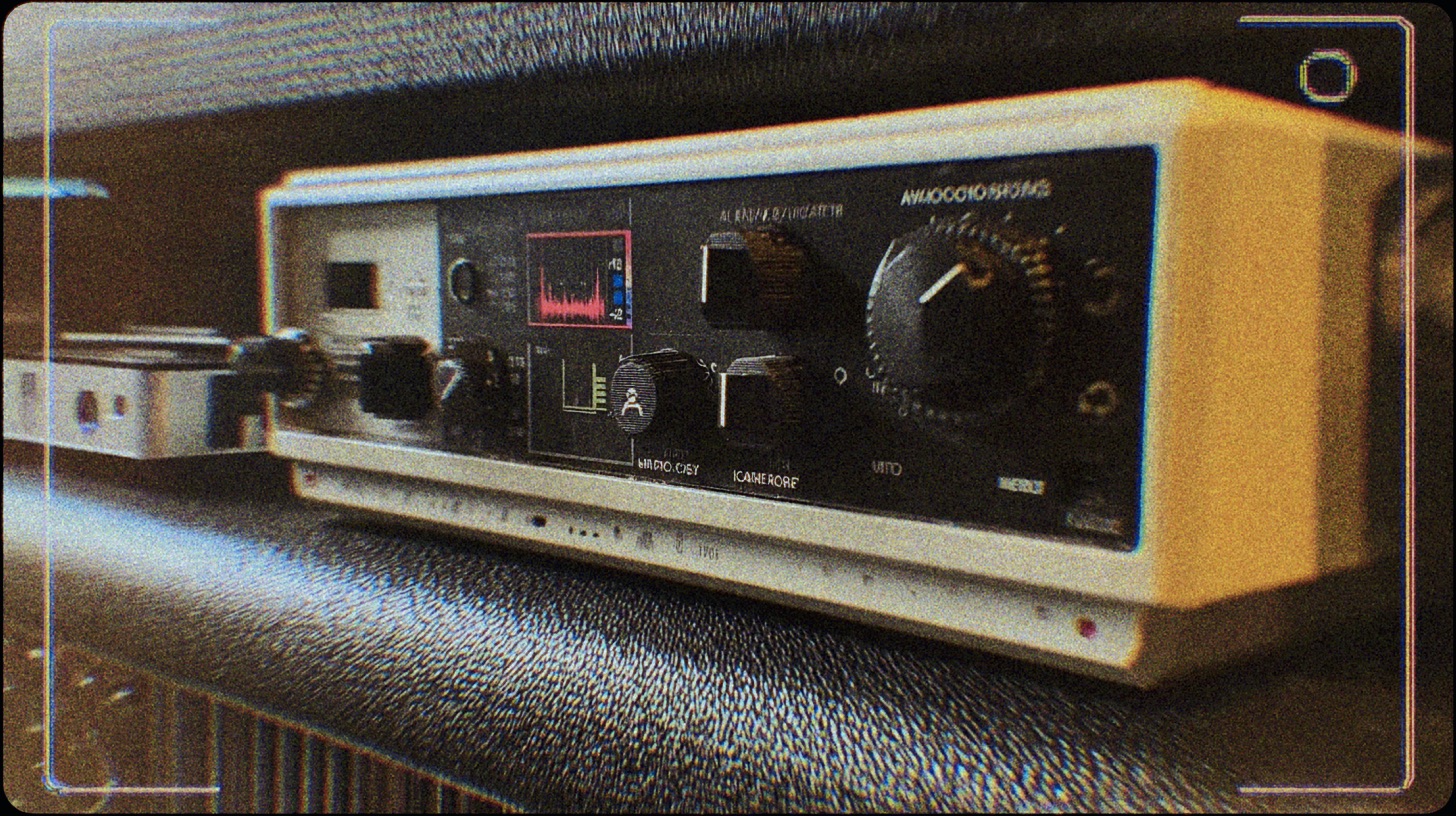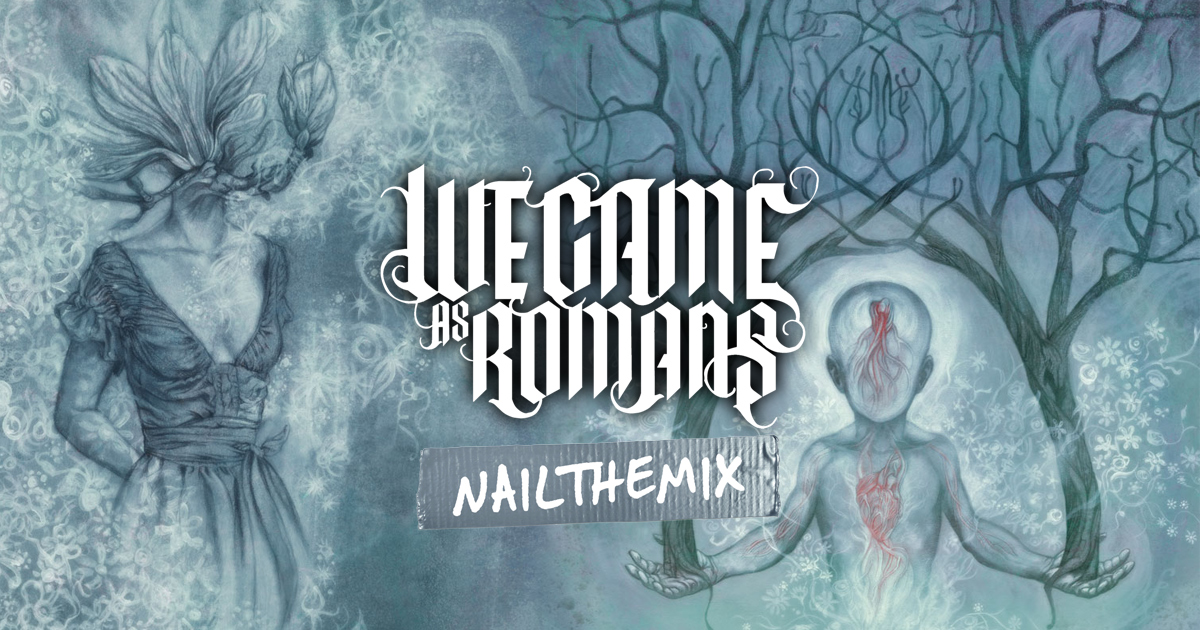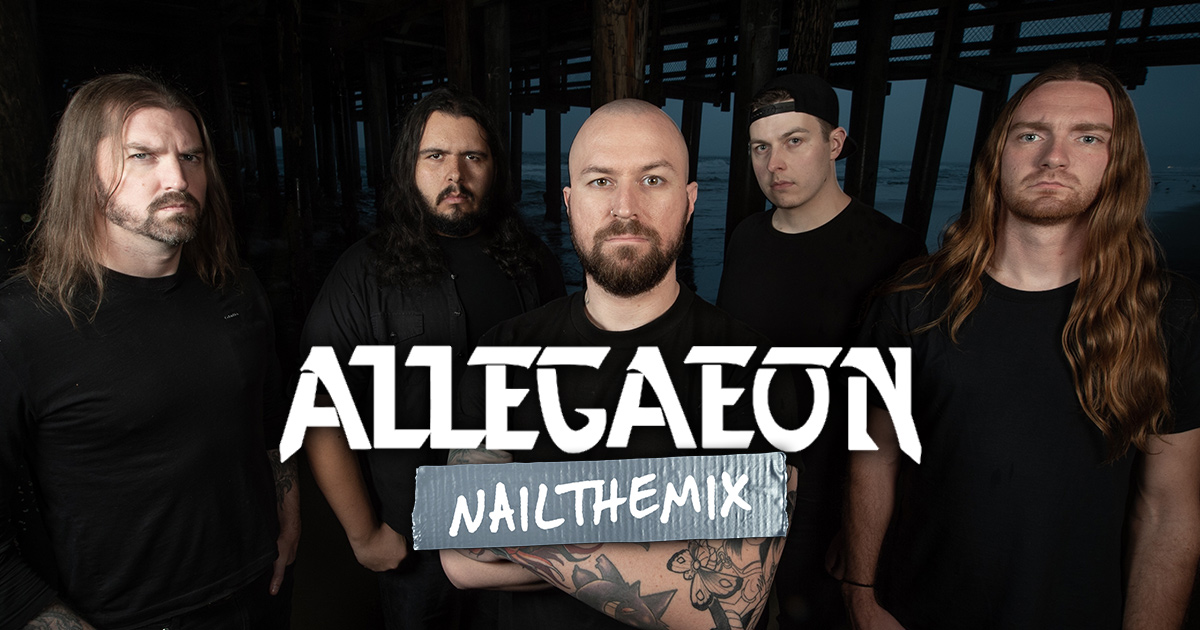
Andrew Wade’s Trick for “Re-amping” A Day To Remember Guitars Without a DI
Nail The Mix Staff
We’ve all been there. A band sends you tracks to mix, you load them up, and your heart sinks. The guitar tones are… not great. They’re fizzy, muddy, or just don’t fit the vibe you’re going for. And the worst part? There are no DI tracks. You’re stuck with the baked-in amp and cabinet sound.
Your first instinct might be to slap an amp sim or an impulse response (IR) on the track to fix it. But you can’t. Running a recorded cabinet through another cabinet is a recipe for a phasey, filtered nightmare. So, what do you do? Re-record the whole album?
Before you resort to that painful measure (though sometimes it happens!), producer Andrew Wade (A Day To Remember, Wage War) has a brilliant workaround. Using a clever bit of EQ matching, you can essentially bypass the original cabinet and imprint the sound of a completely new one onto the existing track. Let’s dive into how he does it.
The “No DI” Re-Amping Philosophy
The core idea is to create a new, ideal guitar tone and then use technology to copy its sonic DNA onto the problematic track. This technique hinges on using a plugin with EQ matching capabilities to capture the frequency response of a cabinet you love and apply it to the recording you have. It sounds a little wild, but the results can be a total game-changer.
Step 1: Craft Your Perfect Reference Tone
Before you can perform any EQ magic, you need a blueprint for the tone you want. This means creating a new guitar performance to serve as your reference.
Find a Similar Guitar
First things first, you need to get as close to the source as possible. You’ll need some basic guitar knowledge here. Can you tell if the original track was recorded with active pickups like EMGs versus a passive single-coil? They have vastly different characters. Grab a guitar that’s in the same family, get it in the right tuning, and you’re ready for the next step. If you’re not sure, just ask the band what they used.
Record a Quick DI
Now, play and record the main riff as a clean DI track. It doesn’t have to be a perfect, take-of-the-year performance. The goal is to get a clean, clear recording of the notes with a similar guitar. This DI is purely for building your dream tone.
Dial In Your Sound
Here’s the fun part. On your new DI track, load up your favorite amp sim—Andrew uses Pod Farm as a quick example—and find a cabinet or IR that you absolutely love. Tweak the amp and cab until you have a killer tone that would be perfect for the song. This is your target. This is the sound you’re going to “steal.”
Step 2: The EQ Matching Wizardry
This is where the trick really comes to life. You’ll need an EQ plugin with a matching function. Andrew is a big fan of the one in iZotope Ozone 5, but any similar tool will work.
Capture the Profile of Your Dream Tone
On the channel with your perfect, newly created guitar tone, insert your EQ matching plugin. Start the capture or analysis function and play the track. The plugin will listen and create a detailed frequency profile, or “curve,” of your sound. This is your Reference Profile.
Capture the Profile of the Original Track
Now, simply drag that same plugin instance over to the original, amped guitar track—the one you want to fix. Clear the previous capture, start a new one, and play that track. The plugin will now analyze this sound and create a second EQ profile. This is the sound you want to change.
Step 3: Imprint the New Tone
With both EQ profiles captured, you’re ready to make the switch. Inside the plugin, you’ll assign the roles:
- Set the Reference: Tell the plugin that your “Reference” or “Target” curve is the one you captured from your awesome-sounding track.
- Set the Source: The track you are applying the EQ to is the original, problematic one.
- Hit Match: Click the “Match” button, and the plugin will generate a complex EQ curve designed to make the original track sound like your reference tone.
For the final touch, Andrew recommends turning the “Smoothing” setting all the way down to get the most detailed match possible. Then, play with the “Amount” or “Mix” knob to blend it in until it sounds right. What you’re doing is effectively replacing the frequency fingerprint of the old cabinet with your new one. The original performance and amp distortion are still there, but the cabinet character is completely transformed.
This is one of those powerful techniques that can save a session, and a solid grasp on how to EQ metal guitar is essential for any modern producer.
Take It From a Trick to a Full Mix
Mastering a technique like this is a huge step forward for any producer. It can rescue tracks that were once considered unusable and open up new creative possibilities when you’re limited by the source files.
But let’s be real—a killer guitar tone is just one piece of the puzzle. How do you fit it into a dense mix with pounding drums, a deep bassline, and aggressive vocals? How do you apply the right settings on an audio compressor, automation, and buss processing to make the entire song hit as hard as possible?
A Day To Remember on Nail The Mix
Andrew Wade mixes "Right Back At It Again"
Get the Session
That’s where you can learn from the best in the business. On Nail The Mix, you can watch producers like Andrew Wade mix an entire A Day To Remember song from start to finish. You not only get to see every plugin and decision he makes, but you also get the original multitracks to practice on yourself.
Stop guessing and start learning the proven techniques that the pros use every day. See how Andrew builds a massive, polished mix and turns killer tones into a finished record.
Click here to see all the sessions from producers like Andrew Wade on Nail The Mix.
Want to see how it all comes together? Join the NTM community and get access to the actual session files and a library of world-class mixing courses.
Get a new set of multi-tracks every month from a world-class artist, a livestream with the producer who mixed it, 100+ tutorials, our exclusive plugins and more
Get Started for $1






